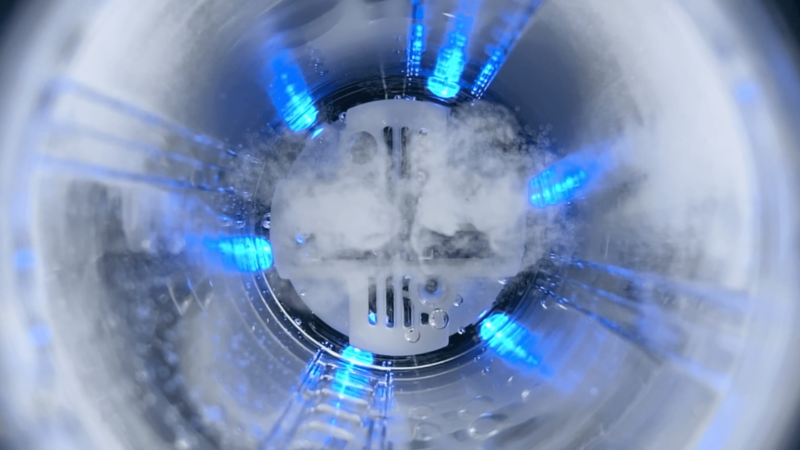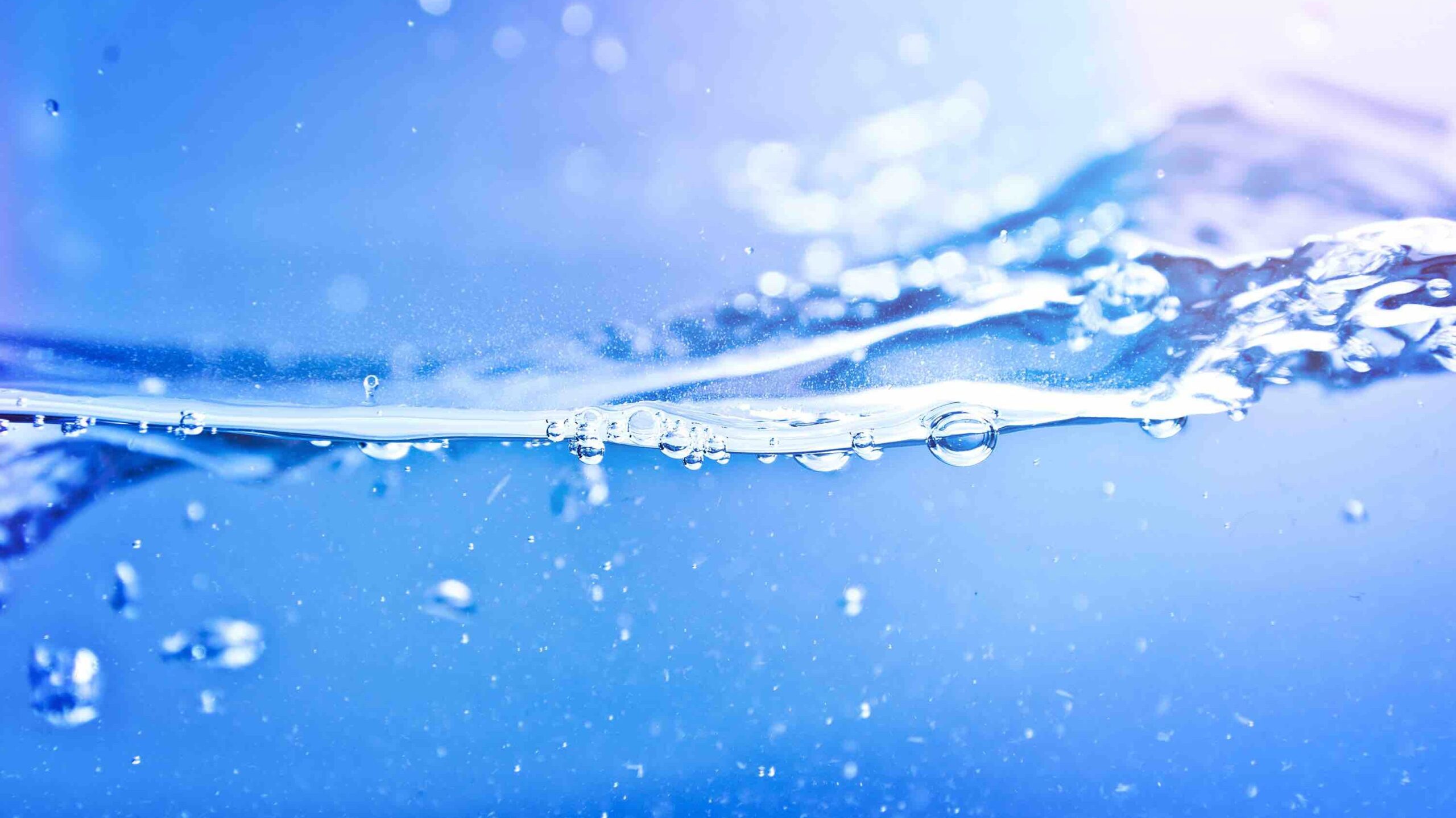Water is an essential part of life, humans are made up of more than 70 percent water. It’s safe to say that we should make water and its cleanliness a top priority in our societies. Traditional methods, such as heat treatment and chemical sanitization to keep our water clean and consumable have done a great job until now, but ozone water, or ozonated water as it’s more commonly been called, is changing the sanitation industry.
What is ozone?
We all know that oxygen (O2) is essential to all living organisms. Trees and plants help to produce it, animals and microorganisms require it for respiration. Oxygen molecules are made up of two oxygen atoms, but what happens when a third oxygen atom gets added? We get ozone. Ozone (O3) occurs naturally in the atmosphere and forms a layer in the stratosphere that helps to block harmful UV sun rays from reaching the surface of the earth. In its natural state, Ozone is a pale blue gas with a pungent odor.
How is ozone made?
Ozone is made naturally in the atmosphere when the oxygen we breathe (O2) is split apart into single oxygen atoms by sunlight. The free oxygen atoms can rejoin to form O2 or can attach to an O2 molecule to form O3. When lightning strikes, ozone is formed, which helps to create the fresh smell that we can sometimes experience after a storm.
It is also possible to manufacture ozone. Using electric ozone generators, a high voltage can be passed through a stream of water to split some of the O2 molecules and therefore allow some of the free O atoms to attach to O2 molecules and create O3, or ozone. This form of ozone is known as electrolytic ozone. Ozone can be produced by UV lamps as well, but only in small quantities that are not always sufficient for a complete disinfection process. Due to the highly reactive nature of ozone, it is difficult to store and needs to be constantly generated for use.
What can ozone do?
Trace ozone in the atmosphere helps to maintain a balance of bacteria present in the air by neutralizing pathogenic bacteria. Ozone in the form of ozone water or ozonated water is an extremely powerful oxidizing agent and makes an excellent disinfectant that can work up to 3,000 times faster than chlorine, and can be 50 times as effective in disinfecting. Ozone can also remove odors and biofilm as well as degrading pesticides, chemical residues, and other trace contaminants. These factors, and more, make ozone one of the most effective and efficient disinfectants on the planet.
Although ozone can be toxic in extremely high concentrations, the process of creating ozonated water is easily controlled using known volumes of water and its characteristic smell can alert technicians to any issues during the process.
We’ve heard of water and we’ve heard of ozone. What happens when we put them together?
Ozone is highly soluble in water (up to 13 times more soluble than O2). When ozone is added to water, thorough disinfection and sanitation of bacteria and harmful microbes occurs. This results in clean water. Using electrolysis, it is possible to create the ozone from the very water that is being treated with no by-products. The ozone simply reverts back to oxygen after a short time (the half-life of ozone is notoriously short).
How is ozone used to disinfect water?
Although ozone has been used to clean water systems for more than 100 years, it was not until recently both consumers and industry professionals have begun to fully understand the benefits of using ozone, including approval by the US FDA (Food and Drug Administration) in 2001. Electrolysis systems can be introduced to the water disinfection and purification process to create ozone, cleansing the water of bacteria and impurities whilst maintaining the pH balance. The electrolysis process splits O2 molecules to create free O atoms that can form O3 molecules. The ozone completes a disinfection cycle before returning to O2 molecules.
In addition to water purification, ozone can also be used to sanitize and disinfect equipment, machinery, and even the very air around us. In a water purification plant, ozone is the all-in-one problem solver.
What are the benefits of ozonated water?
There are a whole host of benefits of using ozonated water. Most importantly, ozone is able to perform a full disinfection process of all bacteria and viruses. Through BES electrolysis systems, ozone doesn’t require any chemicals to be effective and doesn’t produce any undesirable by-products during the ozonation process.

Ozone is also good for the environment. No chemicals are required for the ozonation process and no chemicals are produced. This helps to minimize the number of chemicals found in water supplies and allows people to trust where their water is coming from and what it contains. Because ozone is a naturally occurring molecule in our atmosphere, pollution levels are easily measured against known baselines.
Is ozonated water safe?

Ozonated water is 100 percent safe in small doses. Following the ozone disinfection process, the ozone reverts back to O2 without leaving any chemical residue, taste, or smell. Ozone is pH neutral and, therefore, doesn’t affect the pH balance of water. In addition to creating safe water that is ready to consume, ozone has also shown relatively low levels of harm to equipment compared to other chemical disinfectants. The benefits of ozonated water speak for themselves. If you’re looking for a fast, efficient, safe, and chemical-free water disinfection process then ozonated water is the best choice. It’s time to get in the ozone!


